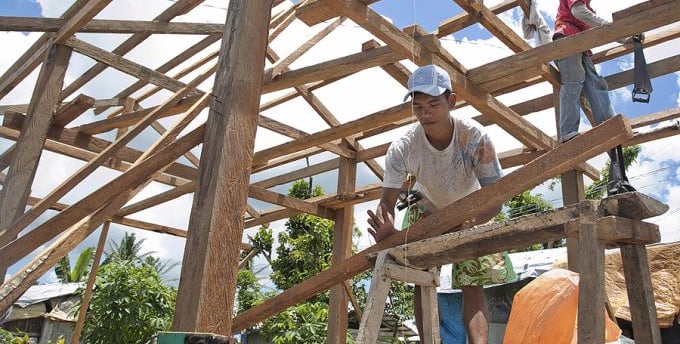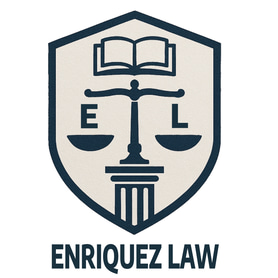Unpacking the Expanded Definition of a "Builder in Good Faith" in the Philippines.
The Macasaet v. Macasaet case in the Philippines shows that even when family invites you to build on their land, you can be a "builder in good faith." This means if things go south, you're entitled to fair compensation for your improvements under the Civil Code. The case clarifies that good faith isn't just about thinking you own the land – the owner's permission counts too, ensuring fairer outcomes in property disputes, even within families.
5/8/20243 min read


Family ties are often seen as unbreakable bonds, but sometimes, even the strongest affections can fray, leading to complex legal battles. The case of Spouses Ismael and Teresita Macasaet v. Spouses Vicente and Rosario Macasaet (G.R. Nos. 154391-92, September 30, 2004) is a poignant example of such a situation, highlighting the intricacies of property rights and the application of the “builder in good faith” principle under the Philippine Civil Code, even within familial contexts.
This case revolves around a dispute between parents (Vicente and Rosario) and their son and daughter-in-law (Ismael and Teresita). Driven by “parental love and a desire to foster family solidarity,” the parents invited the children to occupy two of their lots in Lipa City. The children built their residence and construction business on these properties. However, as often happens, an “unresolved conflict” arose, leading the parents to demand that their children vacate the premises.
The Legal Battle: Ejectment and the Claim for Improvements
The parents filed an ejectment suit, alleging a verbal lease agreement with unpaid rentals. The children denied this, claiming they were invited to build on the land as an advance inheritance or payment for construction materials.
The lower courts sided with the parents, ordering the children to vacate, finding their possession was by mere tolerance. However, the Regional Trial Court (RTC) recognized the children’s right to be indemnified for the improvements they made, applying Article 448 of the Civil Code.
The Court of Appeals (CA) modified this, applying the provisions on lease instead, arguing the children’s situation was analogous to a lessee whose term expired but continued occupancy by tolerance. They ordered reimbursement for only half the value of the improvements.
The Supreme Court Steps In: Beyond Mere Tolerance
The Supreme Court, in its decision penned by Justice Panganiban, partly sided with the children, offering a crucial insight into the concept of “possession by tolerance” and the applicability of Article 448.
The Court disagreed with the lower courts’ characterization of the children’s possession as “mere tolerance.” It emphasized that tolerance implies permission for something “not wholly approved of,” often stemming from neighborliness or familiarity. In this case, the parents invited their children to occupy the land out of love and a desire for family unity. This invitation and the subsequent acceptance by the children created an implied agreement for the use of the lots, not mere passive tolerance.
The Significance of Familial Love and Solidarity
The Supreme Court astutely recognized the unique context of familial relationships. The agreement to occupy the land was rooted in Filipino values of parental love and family solidarity. This implied agreement, however, had a resolutory condition: it would subsist as long as the mutual benefit and positive relationship between the parties endured. When the “persistent conflict and animosity” arose, the purpose of this implied agreement ceased, and the children’s right to occupy the land terminated upon the demand to vacate.
Builder in Good Faith: Article 448 Finds Application
Crucially, the Supreme Court ruled that Article 448 of the Civil Code was the applicable provision concerning the improvements. This article governs situations where someone builds in good faith on another’s land.
While traditionally, “good faith” in this context meant believing oneself to be the owner, the Court cited precedents where Article 448 was applied in broader scenarios, including those where construction was done with the owner’s consent.
In the Macasaet case, the parents not only knew but actively invited the construction. This explicit consent, the Court reasoned, placed the children in the position of builders in good faith.
The Rights of a Builder in Good Faith under Article 448
Under Article 448, the landowner has the option to:
Appropriate the improvements: By paying the builder the necessary and useful expenses.
Oblige the builder to buy the land: Unless the land’s value is considerably higher than the improvements, in which case the builder must pay reasonable rent.
The Supreme Court remanded the case to the trial court to determine the specifics for the application of Article 448, including:
The parents’ chosen option.
The value of the useful improvements made by the children.
The increase in value of the land due to the improvements.
Whether the land’s value significantly exceeds that of the improvements.
Lessons Learned: Beyond Legal Technicalities
The Macasaet case offers valuable lessons that extend beyond the strict legal interpretation of “builder in good faith”:
Familial context matters: Courts recognize the unique dynamics of family relationships and may interpret agreements and actions within this context.
Implied agreements exist: Even without formal contracts, actions and circumstances can create legally binding implied agreements.
Good faith extends beyond ownership belief: Consent and invitation from the landowner can establish good faith for a builder.
Equity prevails: Article 448 aims to prevent unjust enrichment by the landowner at the expense of a builder who acted in good faith.
Disclaimer: This blog post provides general information and should not be considered legal advice. It is always best to consult with a qualified legal professional for specific situations and legal guidance.
